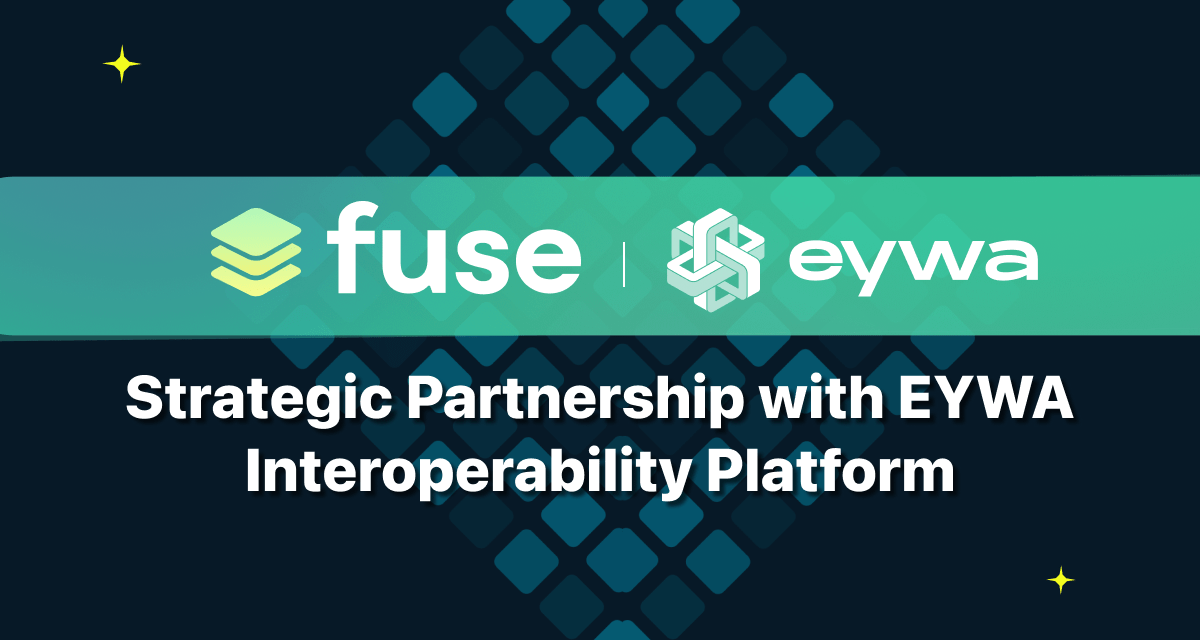EYWA is a cross-chain interoperability platform consisting of a data transfer layer, a cross-chain bridge, DEX, and a liquidity platform. Fuse reached a strategic partnership agreement to work together to enable Fuse support after EYWA fully launches.
While the last few years have seen the emergence of multiple blockchain interoperability protocols, none have yet become the standard for the crypto space. Nonetheless, it has become clear that the future of crypto will be defined by multiple co-existing blockchains that must interact securely.
For these two reasons, Fuse needs to be supported by all the promising interoperability solutions, which is why we are happy to report the signing of the strategic partnership agreement between Fuse and EYWA.
A multi-faceted interoperability platform
EYWA runs on top of a cross-chain data transfer protocol. The protocol relies on a multi-party computation (MPC)-based sidechain that connects to all the supported chains. Called EYWA Oracle Network, the sidechain is governed by smart contracts on EYWA’s governance chain. Currently, this role is played by Aurora.
On top of the data transfer protocol, several core cross-chain products are being built:
- The EYWA cross-chain bridge for transferring assets
- The EYWA cross-chain decentralized exchange (DEX)
- The EYWA cross-chain liquidity aggregator

The cross-chain bridge uses the data transfer protocol to lock assets on the starting chain and unlock synthetic s-assets on the destination chain. The assets are locked and unlocked by smart contracts receiving messages via the data transfer layer, so the EYWA nodes do not have control over them.
EYWA’s DEX and liquidity aggregator features are powered by the cross-chain liquidity protocol that relies on Aurora, which plays the role of the hubchain. More specifically, the hubchain hosts the e-pools, the liquidity pools that enable the issuance of e-tokens.
The latter are tokens issued on Aurora backed by s-tokens of the same type originating on different chains and deposited into the relevant e-pools. For example, eUSDT is backed by sUSDT_ETH, sUSDT_BSC, sUSDT_POLY, etc. Various e-assets power the cross-chain liquidity aggregator and DEX, as described in more detail here and here.
Cross-chain transactions executed can be paid for in three different ways: in the native token of the source chain, in the transferred token, and EYWA. The latter is the native token of the protocol.
How Fuse integrates EYWA
The strategic partnership aims to extend EYWA’s support to the Fuse Network blockchain once the platform completes its mainnet launch.
We are excited to collaborate on bringing the entire blockchain interoperability future closer to reality.
.svg)
.svg)











